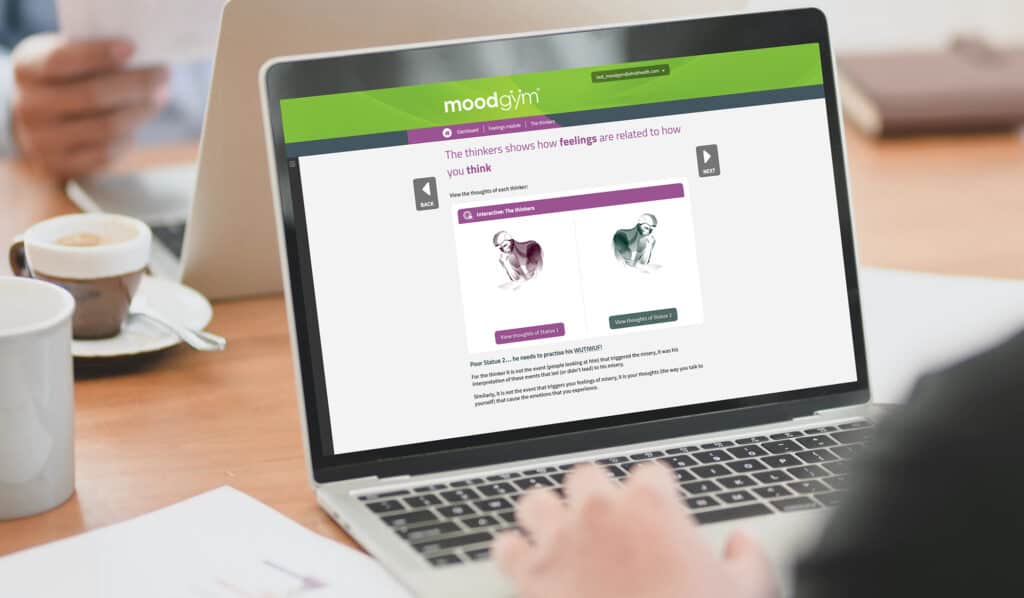Mental health is a very topical issue at the moment, the dreaded C-word has it being mentioned by our friends, family, colleagues, teachers, newsreaders, and social media influencers all the time. However, in day-to-day life, when we’re all super busy juggling everything that is thrown our way, I wonder how many of us actually spend time focusing on our mental health and wellbeing?
I can honestly say I was not one to actively engage in practices to maintain my mental health and happiness, until I chose a subject for this semester at Uni and it was thrown in my face.
Now, I’m learning lots of new things this semester (including that to metabolise carbohydrates there are 28 individual steps that the molecule goes through from glycolysis, the krebs cycle and then oxidative phosphorylation to produce energy in a cell….haha I’m going to stop there because it hurts my brain just trying to recall it!), but it’s been great to do a subject that gives me some skills that I can use in the here and now.
But first, some stats that have been shared with me from Australia’s National Health Survey 2020-2021:
Australia’s National Health Survey 2020-2021:
1 in 5 (20.1%) or 4.8 million Australians had a mental health or behavioural condition, an increase of 800,000 people from data collected 3 years earlier.
13.1% or 3.2 million Australians had an anxiety-related condition.
10.4% of Australians reported feelings of depression.
Carers Australia 2021 Carer Wellbeing Survey identified the following:
55.3% of carers report having low wellbeing, compared to 27% of the Australian population
Okay, you’ve read this far, but you are probably thinking what skills has she been learning, and how are these are helping her! Well, I had to do an online program called moodgym, which uses the premise of Cognitive Behaviour Therapy (CBT) to show me ways I can manage my vulnerabilities while teaching me skills to prevent and cope with symptoms of depression and anxiety.
Moodgym is basically teaching me that when a situation occurs, my thoughts regarding that situation influence my feelings and the way I then react. If I can change my thoughts about the situation, then I can change the way I react – “WHAT YOU THINK IS WHAT YOU FEEL.” I have found that this is something that is pretty easy to implement in my day-to-day life, and so far I feel pretty good!

So, if this seems interesting to you, and you want to learn how to flip negatives into positives, criticisms into opportunities for growth, and warped thinking patterns into positive auto-talk, then give moodgym a go.
I’ll leave you with one of the quotes I have taken from the program so far –
“Improving self-esteem comes from believing in yourself”


